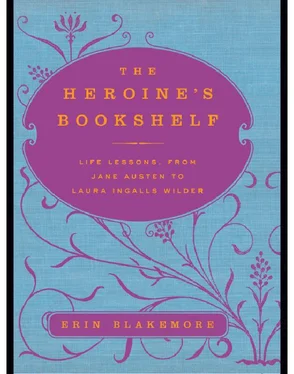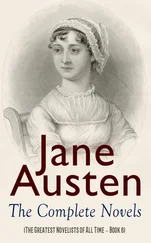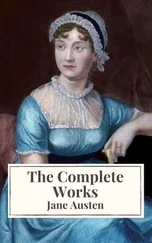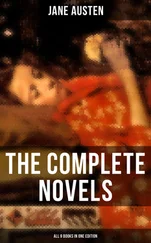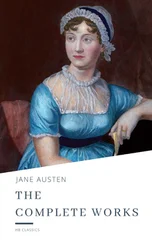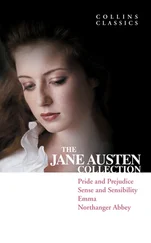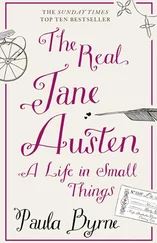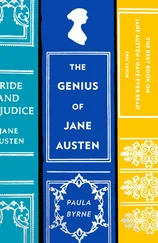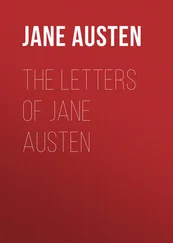Cavendish’s newest teacher wasn’t just well educated: she had grown into a stylish, even vain young woman. Though her marriage prospects still seemed slender due to her poverty, Maud began to feel the power of flirtation and sophistication. Somehow, despite her strict upbringing and her grandparents’ clannish, interior ways, she managed to string together a long chain of beaux, culminating in what she would call “The Year of Mad Passion” ever afterward.
At first it seemed as if 1897 would be the end to Maud’s troubles. After all, it was the year in which she discovered the intoxicating power of her own sweet self. First, she attracted the attentions—and the intentions—of a handsome theology student who made a bright impression on her sensitive psyche. Edwin Simpson was flirtatious, daring, and cosmopolitan—everything that oppressively rural Cavendish was not. Their flirtation became a fervent correspondence and finally, at Maud’s insistence, a secret engagement. But the mad passion wasn’t over yet. Though her heart was busy elsewhere, Maud’s body somehow got caught up in a forbidden obsession with Herman Leard, a local farmer whose attentions she simultaneously encouraged and feared.
They met late at night, driven into each other’s arms as much by the secrecy of their relationship as its physical intensity. Her desire ignited, Maud dabbled with the idea of indulging it fully. But when Herman finally propositioned her, fear of pregnancy, her engagement to Edwin, and the lessons of a chaste upbringing overrode her body’s demands. Was he appealing? Yes. Was he appropriate? No. Maud had promised herself she’d only give herself to a man worthy of his prize. “Impossible,” she concluded. She ended both relationships, perhaps thankful that Herman’s kisses had highlighted Edwin’s shortcomings.
The period that followed the Year of Mad Passion could have easily been dubbed “The Years of Intense Frustration.” Self-sacrifice seemed like the only option for Maud, alone for now. She grudgingly quit teaching and moved in with her grandmother upon her grandfather’s death, though he pointedly left Maud out of his will. Then the tragedies started: Herman died unexpectedly in 1899, and Maud had to close the door on her desire for good. And any fantasies she still harbored about her father died with him in 1900. To make matters worse, Grandmother Macneill was a testy living companion, whether due to dementia or just cranky old age. The increasing gap between Maud’s inner life and outer reality wasn’t just striking, it was depressing.
Annoyed and dejected, Maud threw herself into reading and writing, a pastime she had taken up secretively since graduating from college. The farmhouse’s tiny kitchen served as the community’s post office, giving Maud the perfect means by which to secretly submit and track the progress of the stories she had begun to send to magazines and newspapers around North America. But even that pleasure faded in the winter of 1905. Isolated from the mainland and in the grips of a brutal winter storm, Maud felt trapped and miserable.
It was during those long winter months that Maud relived her greatest unhappiness: the solitary childhood that had created a sensitive, imaginative, and painfully lonely woman. Housebound, Maud reached something near despair during those lonesome months. Cut off from reality, left with only her old journal entries and letters to reread, she became more and more depressed.
Amazingly, the first seeds of spring were sown with those recollections. For by the time the buds returned to the trees, Maud’s own imagination and pen had thawed. The seed she planted was a girl, almost inseparable from the girl Maud had been years ago. And the fruit it bore has long outlived its creator.
To understand the heroine of Anne of Green Gables, you must first know what she isn’t. Anne Shirley is not a boy. And that’s where all the trouble begins.
When Matthew and Marilla Cuthbert, a brother and sister set in their ways and their simple country existence, send off for an orphan to help around the farm, they have no idea they’re going to receive a redheaded, motormouthed, imaginative, and utterly unorthodox girl instead of the obedient boy they ordered. But arrive she does, cracking open the Cuthberts’ quiet lives along the way.
As she makes her way in Avonlea, a rural town that gives Cavendish a run for its money in terms of lack of imagination, Anne gets herself into an endless series of scrapes and mishaps. She inspires the teasing and then the competition of Gilbert Blythe, the handsome young boy who loses her respect after he makes fun of her red hair. She infuriates Mrs. Rachel Lynde, the town’s resident busybody, with her lack of manners. And—awkwardly, miserably, slowly—she becomes a young woman and a community pillar, transforming herself from outcast orphan to everyone’s child.
For a girl with a start in misery, Anne Shirley sure doesn’t realize it. True, she’s lonely, lowly, and doomed to perpetual ridicule for her one distinctive feature—her bright red hair. But unlike her creator, she’s skilled at making the best and brightest of every situation. It’s certainly not what you’d think would come from the pen of a woman who felt so stifled and out of place in her own home. Anne, unlike Maud, has a capacity to create happiness where she sees none. Her overactive imagination immediately goes to work in even the most distasteful situation, transforming a nasty pond into a Lake of Shining Waters and a tree in bloom into a beautiful bride.
Even despair can be delicious to such an imaginative heroine. Anne’s all-or-nothing approach extends to her miseries, which are as overblown and intense as her author’s. Consider her ecstasy of sadness when she whips herself into an emotional frenzy over the imagined wedding of Diana Barry, her best friend:
“Whatever’s the matter now, Anne? “ [Marilla] asked.
“It’s about Diana,” sobbed Anne luxuriously. “I love Diana so, Marilla. I cannot ever live without her. But I know very well when we grow up that Diana will get married and go away and leave me. And oh, what shall I do? I hate her husband—I just hate him furiously. I’ve been imagining it all out—the wedding and everything—Diana dressed in snowy garments, with a veil, and looking as beautiful and regal as a queen; and me the bridesmaid, with a lovely dress, too, and puffed sleeves, but with a breaking heart hid beneath my smiling face. And then bidding Diana goodbye-e-e—” Here Anne broke down entirely and wept with increasing bitterness.
Here is a happy heroine: a girl contented to talk to her reflection in a mirror, who does her best to imagine puffed sleeves on plain calico dresses. Here is a heroine who glides through Avonlea’s fields, gardens, and meadows in blissful reverie, who breaks her slate over Gilbert Blythe’s head in vain anger and hurt feelings. She dares to walk the ridgepole of Mr. Barry’s kitchen roof with a casual bravado that anxious Maud, who could not abide even a drawbridge, could never hope to replicate.
Like Anne, Maud walked her own fine line. For Maud, the balancing act was between her desolate nature and her highest hopes. Some of these she expressed in her books: the ways in which Anne inverts Maud’s own struggles are as poignant as the ways in which she reflects them. Given a lonely, abusive childhood (Anne is shuffled off from home to home and treated as less than a servant before arriving at Green Gables), Anne manages to find happiness in the unlikeliest places. Though she shares parts of Maud’s personality—touchy vanity, passionate hopes, runaway dreams—Anne has far fewer boundaries and hang-ups than her creator. Scared and scarred, Maud withheld affection for others and hid her true thoughts from one and all; in contrast, Anne approaches life with trust and unconditional love.
Читать дальше
